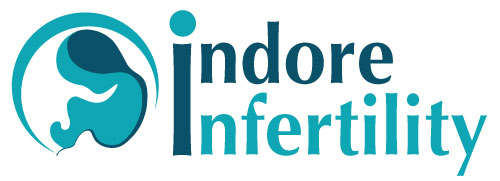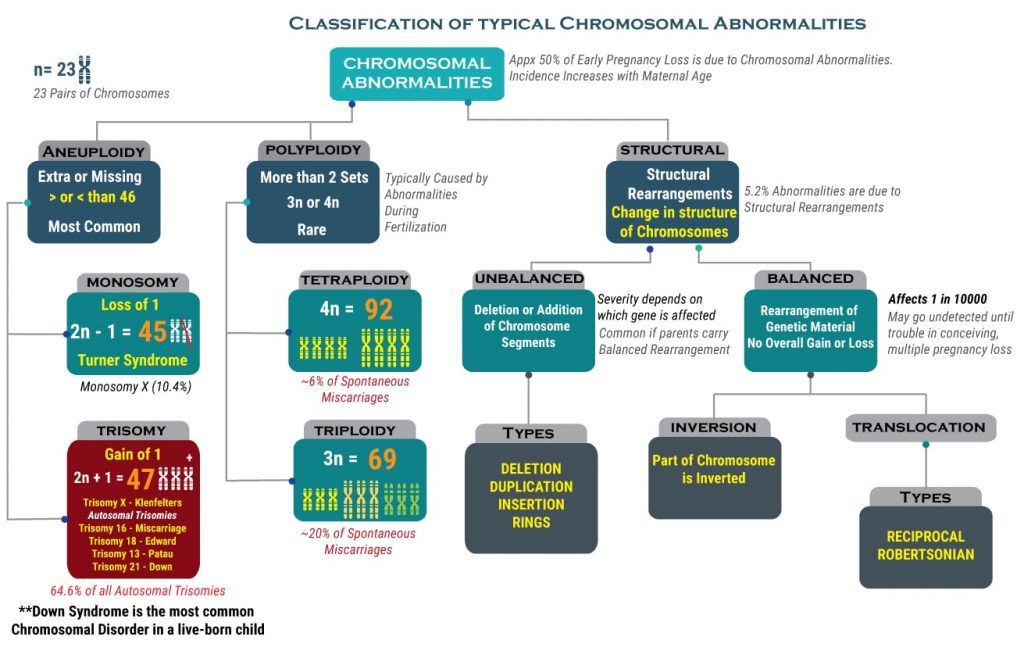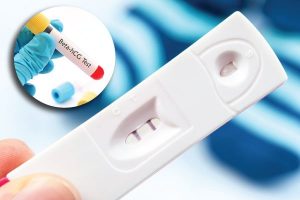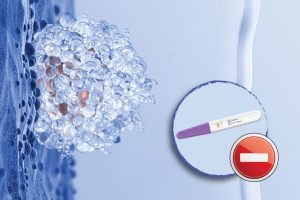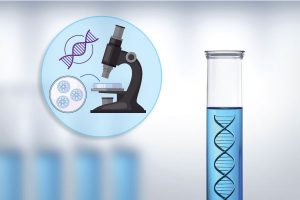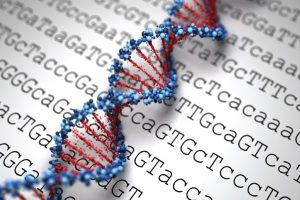In order to understand the complexities of Genetic Testing in Embryos, we need to first understand a few basics of genetics and the types of Genetic Abnormalities that are usually detected in Human population.
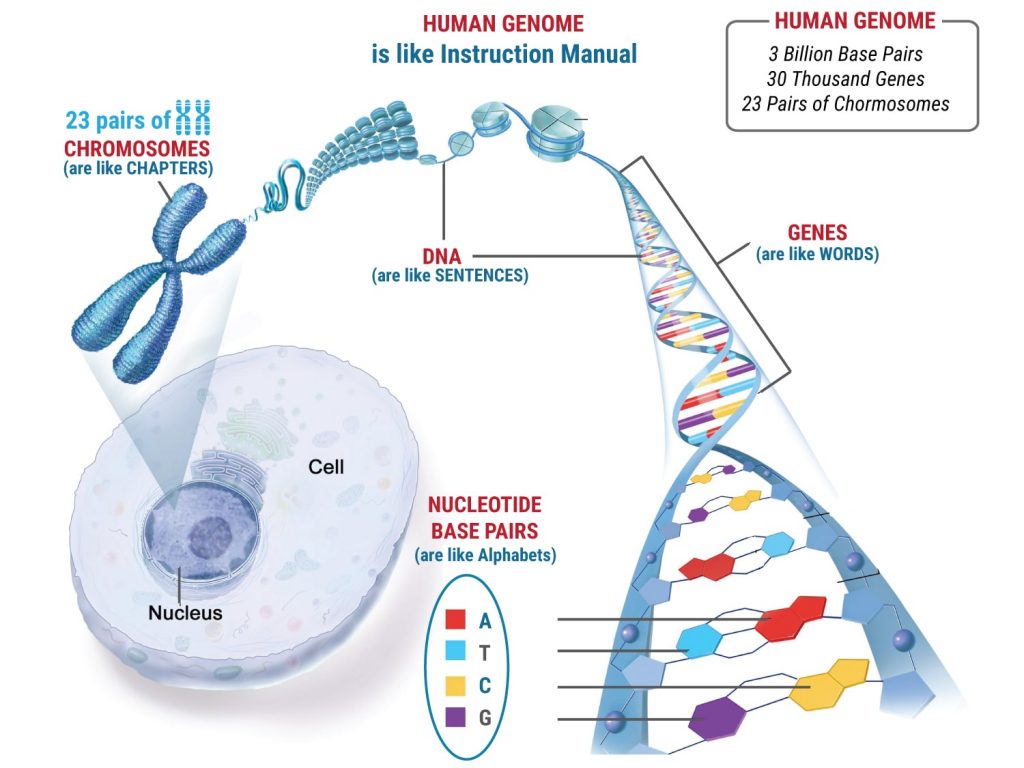
What are Genes, Chromosomes and DNA – A Brief Introduction
The entire Human Genome is contained within 23 Pairs of Chromosomes which are located within nucleus of a human cell. Human genome is like an Instruction Manual of our body.
4 Nucleotide Base pairs – A, C, T and G are like the ONLY four ALPHABETS used to write our Instruction Manual.
Genes – Are nucleotide base pairs arranged in a specific sequence, hence genes are like WORDS made out of these four Alphabets.
DNA – Are like SENTENCES made out of genes (WORDS) arranged in specific order.
Chromosomes – Are like a CHAPTER in our Instruction Manual (Genome) that are written by compiling the DNA (Sentences).
What are the types of Genetic Abnormalities in humans?
Human genetics is a very complicated topic and we do not intend to cover the topic in great details. However, genetic abnormalities in human conception can be categorized broadly into the following:
Numerical Errors
In such birth defects, there are abnormal number of Chromosomes in the cells, resulting in variation from an expected 46 Chromosomes (i.e. 23 pairs). Such errors are also called ANEUPLOIDIES.
Such defects usually result in either a gain or loss of one chromosome. The most common type of numerical error is called Trisomy which results in gain of 1 Chromosome. And the most common type of Trisomy is gain of 1 Chromosome in the 21st pair. Hence Trisomy 21 or Down’s Syndrome is considered as one of the most commonly occurring numerical chromosomal abnormality. Apart from Trisomy 21, the major numerical chromosomal aneuploidies seen in live-born babies are:
- Trisomy 18 (Edward’s Syndrome)
- Trisomy 13 (Patau Syndrome)
- Turner’s Syndrome – 45, X (Sex Chromosome Error)
- Klienfelter’s Syndrome – 47, XXY ; 47, XYY; and 47, XXX (Sex Chromosome Error)
Other types of Numerical errors are:
- Nullisomy – Loss of entire Pair of Chromosome
- Monosomy – Loss of 1 Chromosome. Turner’s Syndrome etc
- Disomy – Both Chromosomes from one parent. E.g. Prader Wili Syndrome
- PolyPloidy: Duplication of entire set of chromosomes
- TriPloidy – 3 Sets of 23 chromosomes resulting in 69 Chromosomes in all.
- TetraPolidy – 4 Sets of 23 Chromosomes resulting in 92 Chromosomes in all.
Most chromosomal Anueploidies result in spontaneous abortion.
It is estimated that up to 60% of conceptions are Aneuploid but are spontaneously aborted, often even before a pregnancy is clinically recognized.
Structural Abnormalities in Chromosomes
Errors occurring due to either breakage, loss or incorrect rejoining of the Chromosomal Segments are called Structural Rearrangement Errors, these errors are not as common as Numerical errors, and at times may go undetected in a couple until they try to conceive and may be a reason for multiple pregnancy losses.
Structural chromosomal abnormalities can be classified as:
BALANCED:
If the chromosomal set is present but has been rearranged (think of the Chapter in the Instruction Manual being written by sentences that are rearranged). Reciprocal Translocation or Robertsonian Translocation are examples of Balanced Structural Rearrangement in Chromosomes.
UNBALANCED:
If the chromosomal set is DELETED or DUPLICATED, it results in unbalanced Structural Rearrangement (Think of the Chapter of the Instruction manual either having the same sentence written twice or completely missing sentences). Unbalanced rearrangements include Duplication, Deletions or Insertion of a chromosomal segment.
what is the Origin of Chromosomal Abnormalities? is it Maternal or Paternal?
About 90 to 95% of numerical error in Chromosomes (Anueplodies) are attributed to oocytes or eggs hence are of Maternal Origin. The only exception being numerical error in Sex chromosome (SCA – Sex Chromosome Anueploidy) , which are in 50 to 100% of cases of Paternal Origin. Examples Klinefelter’s syndrome (47,XXY),
In a general population of fertile men, only 3 to 5% of sperms are found to be Aneuploid (i.e having wrong number of chromosomes). However, the percentage of Aneuploidy of sperms increases as much as 15% for Infertile men with OATS (OligoAsthenoTeratozoo Spermia) contributing to the Embryonic Anueploidies.
What is the Effect of Maternal Age on Genetic Abnormalities?
Maternal Age is one of the major causes of abnormalities in the embryo. Of all the chromosomal abnormalities detected in embryo, 90% of them can be attributed to increasing maternal age. These abnormalities are caused by errors occurring in aggregation of chromosomes during oogenesis (process of development and maturation of oocyte or egg) during a menstrual cycle.
Following graph shows the relationship of Chromosomal Aneuploidies with Maternal Age. As shown, the rate of numerical errors in chromosomes increases exponentially after 30 years of age. At 40 almost 60% of oocytes and hence embryos are Aneuploid.
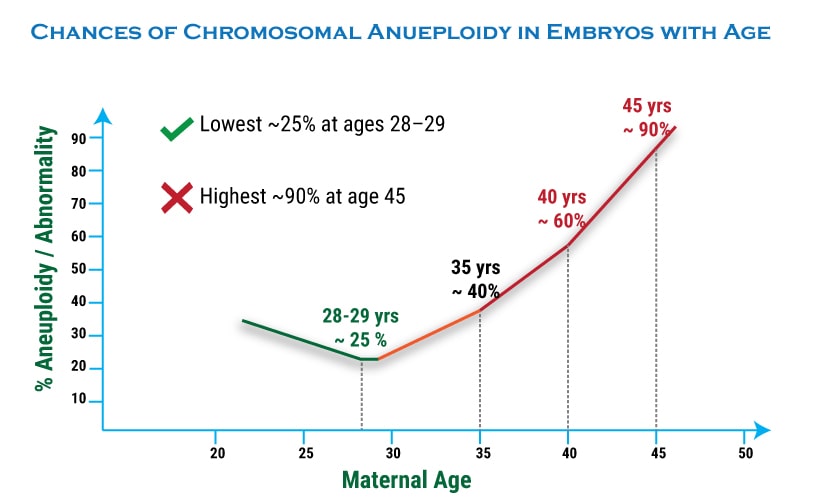
As shown in the graph the lowest rate of Aneuplodies of about 25% are detected at approximately 28 to 29 years of age, while the highest rate of Aneuploidies are detected at age 45 close to menopause.
How are genetic errors in embryo detected?
In natural cycle where the fertilization and embryo development occurs in vivo i.e inside female reproductive organs, the earliest test to assess genetic competency of the fetus is NIPT which is a non invasive blood test, it has an accuracy level of 99% for detecting anueploidies.
However, in an IVF or ICSI fertilization, the embryo’s are cultured in the lab for 5 to 6 days, giving an opportunity for Pre-Implantation Genetic Test (PGT) of the embryos prior to implantation. Hence giving a chance of choosing only the genetically normal embryo to be transferred during Embryo Transfer of the IVF cycle.
To conclude, genetics plays the most important role in determining if a pregnancy will progress and result in a healthy live birth. With a trend of increasing maternal age, it becomes evident that incidences of spontaneous miscarriages and early pregnancy loss due to chromosomal abnormalities are going to increase even in normal conceptions.
Genetic Counseling
Consult us If you or or close family member is suffering from a known genetic disorder Thalassaemia (Beta or Alpha) ,Sickle cell Anemia, Haemophilia etc) and you wish to know how it impacts your ability to give birth to a healthy child.
WHATSAPP FOR GENETIC COUNSELING